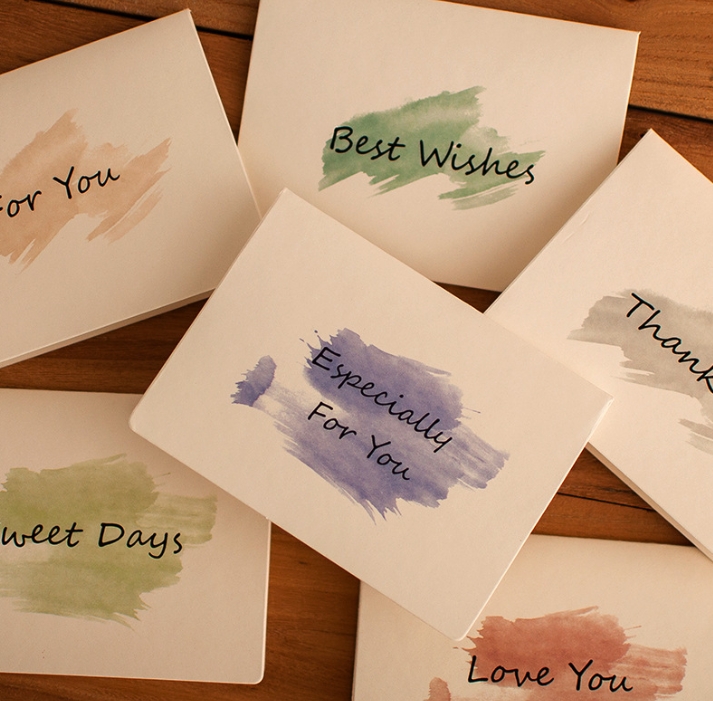In 1843, there was a teenager named Henkel in England who worked as an apprentice in a carving shop. At Christmas, he was too busy to write letters of congratulations to his family and friends, so he cut some white paper and asked a famous painter to draw a picture of a family sitting and celebrating Christmas. In the center of the paper, he wrote a congratulatory message: ‘Wishing you a Merry Christmas and a Happy New Year!’ and sent it to his relatives and friends. Afterwards, he collaborated with the painter and printed a thousand copies as they were. Except for keeping one hundred copies for themselves, the rest were sold for one shilling. From then on, there were Christmas cards.

It is said that Christmas cards began in 1844. At that time, Queen Victoria and Crown Prince Robert of England celebrated Christmas at Windsor Castle in London, inviting royal children to the palace for a banquet with congratulatory messages printed on the invitations. Europeans have since followed suit, using cards with congratulatory messages to congratulate each other on Christmas and New Year. In 1864, the Prince of Albat of England specially promoted this matter by printing a thousand Christmas cards with Christmas pictures and starting to sell them. By 1865, printed Christmas cards had been sold in large quantities. Firstly, it was printed by a German colored stone printing factory and shipped to the UK for official release. From England to various parts of the world, the custom of sending Christmas cards gradually became popular.
In 1874, Mr. Louis Pollan, a famous printing greeting cards expert in the United States and a German immigrant, began printing Christmas cards in Massachusetts. The exquisite and unique cards immediately attracted people and won their love. Nowadays, billions of greeting cards are consumed worldwide every year, with sales reaching 200 billion US dollars. The production process of greeting cards is becoming increasingly diverse, and new types of greeting cards are constantly emerging. There are also more and more new greeting card assistance tools available. Examples include: stamp powder, stamp pad, lace scissors, hot air gun, etc.
And the most popular greeting card in the Western world, the Christmas card, appeared relatively late. The first design of this card was created by a British painter named John C. Horsley in 1843. On Christmas Day in 1842, the British missionary Pope George used a card to depict a picture of the birth of Jesus and wrote two lines: “Merry Christmas and a safe New Year.” He then sent this card to his friends who were preaching in Africa. Sir Henry Cowell saw it and thought it was very meaningful. He asked the painter Maughari to design and make a card, which he gave to a close friend. It is said that this Christmas card depicts a beautiful family Christmas joy picture, and in one corner of the painting, it also reads: “Wishing you a happy Christmas and a joyful New Year.
